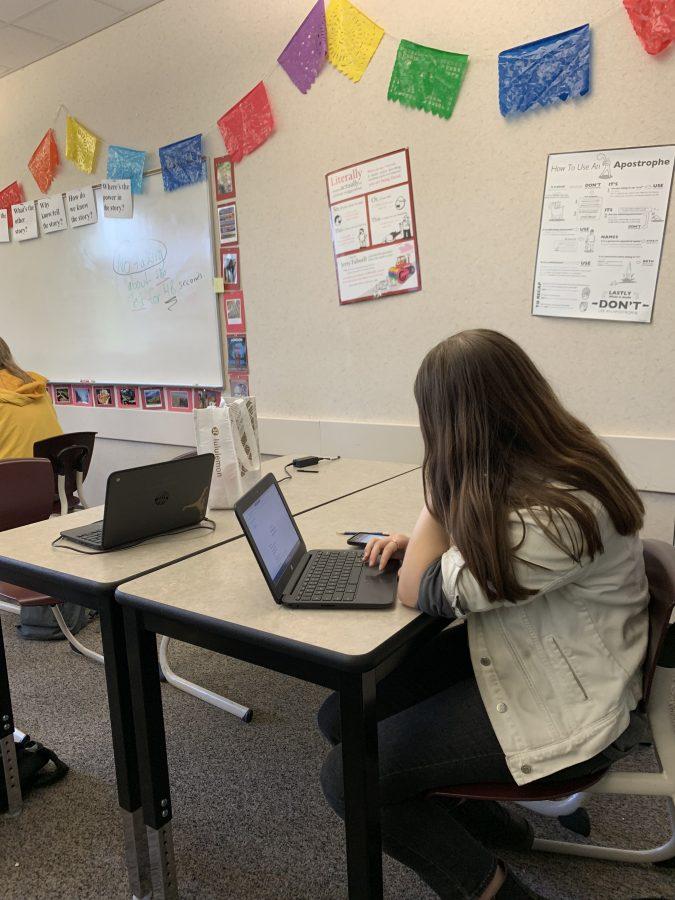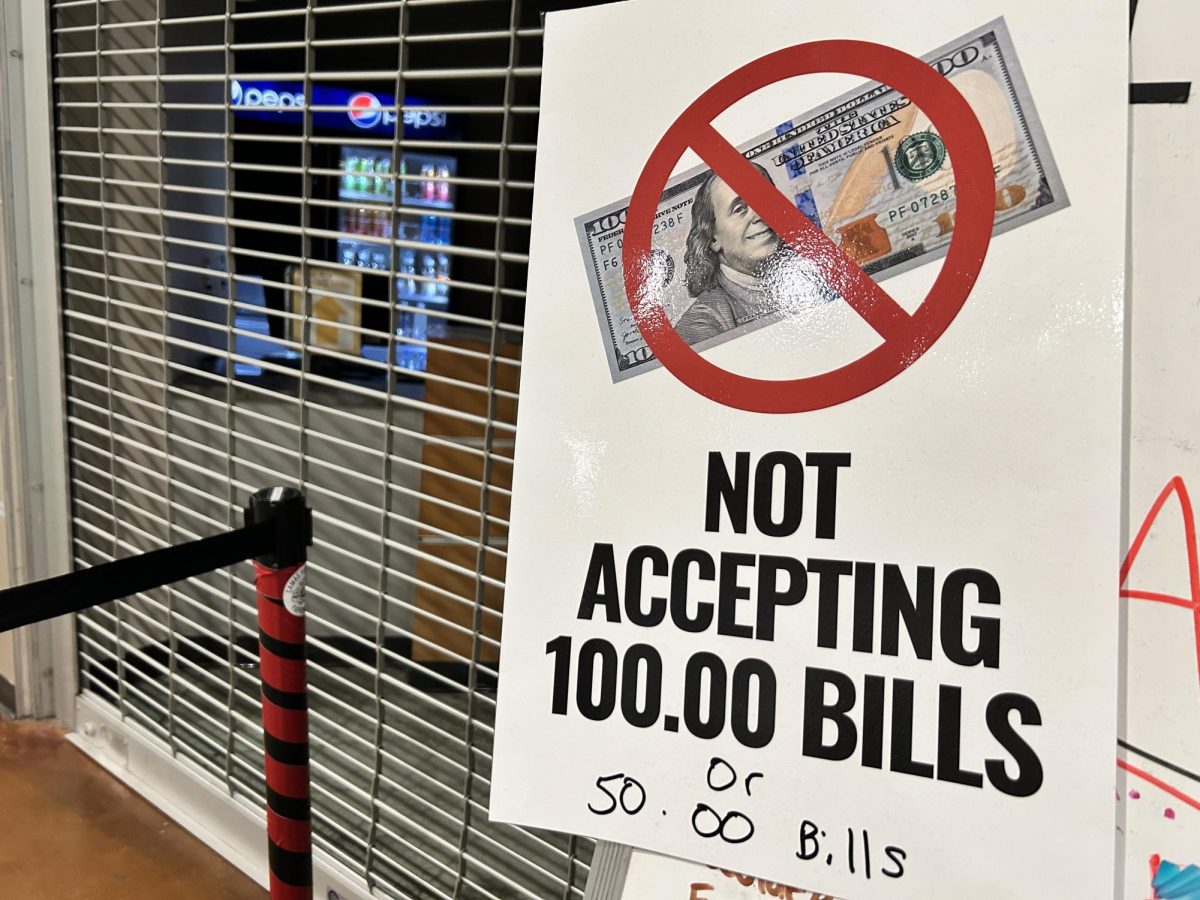Often when students walk into a classroom on the first day of school one of their first thoughts is who they want to sit by. They have not seen most of their friends all summer and are waiting to catch up. They enter the classroom to look for their friends and find out there is a seating chart. Suddenly their dreams are crushed. Teachers love them, and students despise them. Seating charts: helpful or harmful?

At Camas High School, seating charts are relatively common in many classrooms (mainly due to the size of the average classroom ranging from 10 to 30 students. Teachers feel that they keep the students focused on their school work better than if the students had chosen their seats; “If people [students] are talking while I’m talking or just not learning altogether then I’ll break them up.” Lori Leighton, a teacher at CHS, added. Another reason why teachers prefer to have seating charts is that they can place students by others that can help them “I like to have students work with others that they have not already worked with. Maybe I have a strong student with a weak student, that can be helpful.”
While the pros to seating charts can be enough for teachers to use them, the cons are just as plentiful. Seating charts can be very stressful for shy people if they are placed next to people they have never met before. “Some people are going to be open to that [sitting by new people], and some people are going to freak out, and I think that’s part of my job to figure out who’s not going to tolerate that,” Leighton commented. Teachers often do try their best to figure out who will be okay with sitting by new people but are not always correct. Another con is that some students might be unaffected by seating charts and talk regardless of where they are placed, inevitably disrupting the class.
In the end, most teachers only want what is best for their students and will adjust the seats as is needed throughout the year.








































